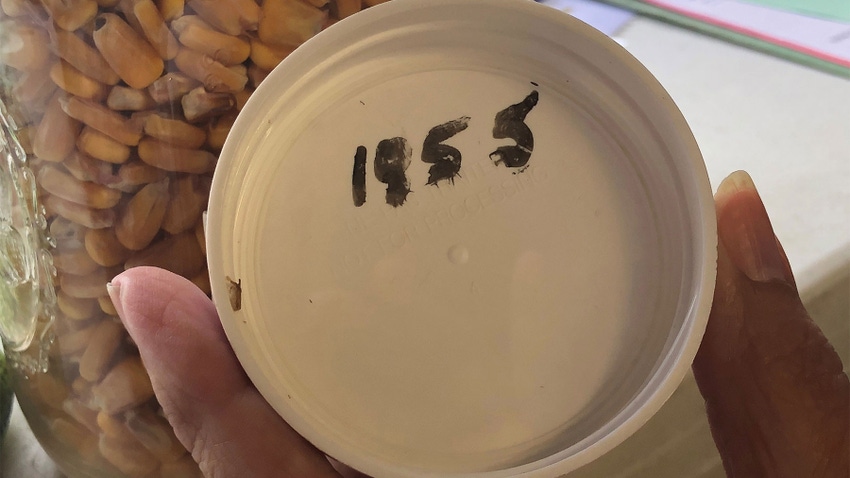
Many county fairs in Indiana have fewer 4-H exhibits now compared to five or 10 years ago. Some question if recent changes made at the state 4-H level are part of the reason for the drop-off in participation. I am one of those people.
The question is still valid. There hasn’t been a huge revival in county fair participation, although some counties note participation has trended up somewhat post COVID-19. However, it’s only fair to report negative things if you also point out positives. The biggest positive I encountered judging projects at many fairs this year was the “can do” attitude of many 4-H’ers. Not everyone is taking the easy way out. Some are still investing hours into projects — and are learning in the process.
Above and beyond
Here are some examples of kids and projects that impressed me:
Small kid, big smile. There will be a first grader in Owen County, Ind., this fall who can tell his friends that he talked the garden judge into a blue ribbon and honors for his tomato plant growing in half of a milk jug. It was the coolest mini-4-H exhibit I’ve seen in a while. And he didn’t stop smiling from the moment he approached me until I shook his little hand and bid him good-bye. Now that is where 4-H should start, and what it should be about!
Kernel by kernel. The young 4-H member in Shelby County, Ind., who hand-picked kernels for her jar of corn was excited. She not only hand-picked what went into the quart jar, but also counted the kernels. Her jar held 1,855 kernels!
Did she win? No, she was runner-up. An older member said he spent hours hand-picking his sample as well, and the sample showed it. The competition was so fierce, I used a blind test of corn from every jar on numbered plates, and the plate I selected belonged to him.
Sincere effort. Forestry judges at the Indiana State Fair may wonder why a poster from Dearborn County has handwritten captions. Normally, I would wonder, too — that is usually a no-no for a 4-H poster display.
This young teenager was just learning about 4-H and what it takes to make a poster, but she was already way ahead on ability and ingenuity. To show how long a California redwood tree can live, she drew the tree and a timeline, starting before Jesus’ birth. The tree was a work of art, and the timeline was incredibly detailed.
That kind of dedication deserves some leeway when it comes to poster etiquette. You can learn how to make a good poster. It’s tough to teach someone how to be inquisitive, creative and imaginative.
Beat of his own drum. A high school student in Morgan County, Ind., who is new to 4-H wasn’t too excited about bringing a stalk of corn to the fair. So instead, he created a poster about no-till. Why? Because they no-till, and he wanted to tell other people what no-till can do for the environment.
As far as the Extension staff knows, this blue-ribbon poster was the first crops poster ever at their county fair. It took more time than digging up a corn plant, yet it was much more instructive to both the 4-H’er and those who stopped to check it out.
Read more about:
4 HAbout the Author(s)
You May Also Like




